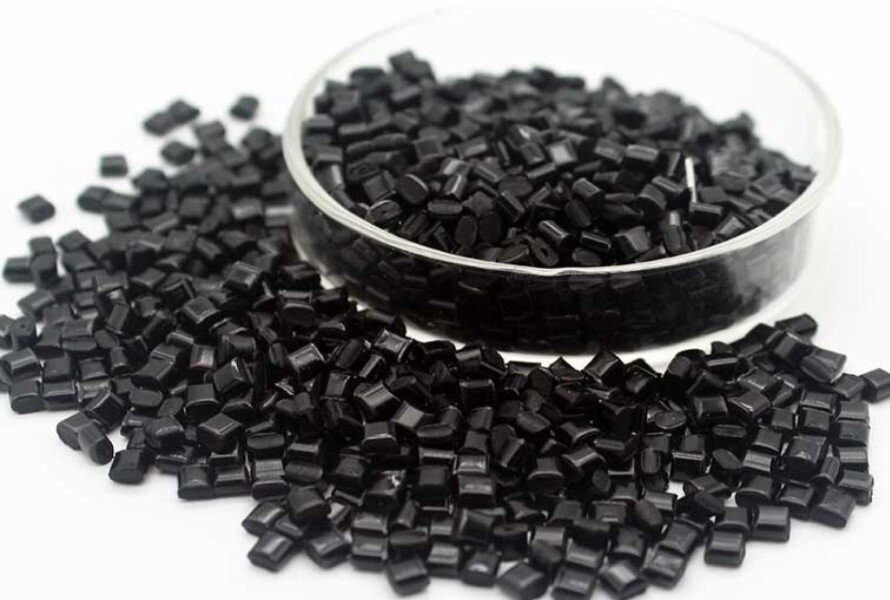Introduction of Nylon 12 and Glass-filled Nylon
When choosing materials for industrial applications, mechanical strength is often a critical factor. Nylon 12 and glass-filled nylon are two materials frequently considered due to their versatile properties. However, they differ in key areas, especially when it comes to mechanical performance. This article provides a detailed comparison of these materials, focusing on their mechanical strength and specific uses.

Nylon 12: A Versatile Polyamide
Characteristics and Applications
Nylon 12 is a polyamide known for its mechanical properties, chemical resistance, and thermal stability. It stands out for its low moisture absorption, high impact strength, and excellent abrasion resistance. These qualities make it ideal for applications such as automotive components, medical devices, and packaging materials.
Glass-Filled Nylon: Enhanced Strength and Rigidity
Properties of Glass-Filled Nylon
Glass-filled nylon is a composite material created by reinforcing a thermoplastic polymer with glass fibers. The addition of glass fibers significantly improves the base polymer’s strength, stiffness, and dimensional stability. This makes glass-filled nylon suitable for demanding applications such as electrical components, automotive parts, and industrial machinery.
Mechanical Strength Comparison: Nylon 12 vs. Glass-Filled Nylon
Tensile Strength
Tensile strength, the ability to withstand pulling forces, is a primary factor in comparing these materials. Nylon 12 offers a tensile strength of around 50-70 MPa. Glass-filled nylon, however, can achieve tensile strengths between 60-120 MPa, depending on the glass fiber content, making it generally stronger in this regard.
Modulus of Elasticity
The modulus of elasticity measures stiffness and resistance to deformation. Nylon 12’s modulus ranges from 1.5-2.5 GPa, while glass-filled polymers can range from 3-15 GPa, thanks to the glass fiber reinforcement. As a result, glass-filled nylon is stiffer and less prone to deformation.
Impact Strength and Thermal Properties
Impact Strength
When it comes to impact strength, nylon 12 takes the lead. Its ability to absorb energy during sudden impacts without breaking makes it more suitable for shock-resistant applications. Glass-filled nylon, while strong, is more brittle and less resistant to high-impact forces.
Thermal Stability
Nylon 12 has a relatively low glass transition temperature (Tg) of around 47°C, allowing it to maintain mechanical properties across various temperatures. In contrast, glass-filled nylon has a higher Tg, which limits its use in high-temperature environments.
Conclusion of Nylon 12 and Glass-filled Nylon
In summary, nylon 12 and glass-filled nylon each offer unique mechanical strengths suited to different applications. Nylon 12 excels in impact resistance, low moisture absorption, and thermal stability, making it a versatile material for a wide range of uses. On the other hand, glass-filled nylon provides superior tensile strength and stiffness, ideal for applications that demand high strength and rigidity.
Ultimately, selecting the right material depends on the specific requirements of the application. By understanding the distinct mechanical properties of nylon 12 and glass-filled nylon, engineers can make informed choices to optimize performance.
FAQ: Nylon 12 vs. Glass-Filled Nylon
1.What is the main difference between nylon 12 and glass-filled nylon?
Nylon 12 is a polyamide known for its high impact strength, low moisture absorption, and thermal stability. Glass-filled, on the other hand, is a composite material reinforced with glass fibers, offering greater tensile strength, stiffness, and dimensional stability.
2.Which material has better tensile strength?
Glass-filled generally has higher tensile strength, ranging from 60-120 MPa, compared to nylon 12’s 50-70 MPa.
3.How do these materials compare in stiffness?
Glass-filled is stiffer, with a modulus of elasticity between 3-15 GPa, whereas nylon 12 has a lower modulus of 1.5-2.5 GPa.
4.Which material is better for impact resistance?
Nylon 12 has superior impact resistance, making it ideal for applications involving shock and sudden impacts. Glass-filled tends to be more brittle and less suited for high-impact conditions.
5.How do the thermal properties differ?
Nylon 12 has a lower glass transition temperature (Tg) of around 47°C, allowing it to perform well over a broader temperature range. Glass-filled has a higher Tg, which can restrict its use in high-temperature environments.
6.In what applications is nylon 12 typically used?
Nylon 12 is commonly used in automotive components, medical devices, and packaging due to its durability and impact resistance.
7.What are common applications for glass-filled?
Glass-filled is ideal for applications requiring high strength and rigidity, such as electrical components, automotive parts, and industrial machinery.
8.How should I choose between nylon 12 and glass-filled for my project?
The choice depends on the specific mechanical strength requirements and operating conditions of your application. Nylon 12 is better for impact resistance, while glass-filled is preferred for its superior tensile strength and stiffness.
